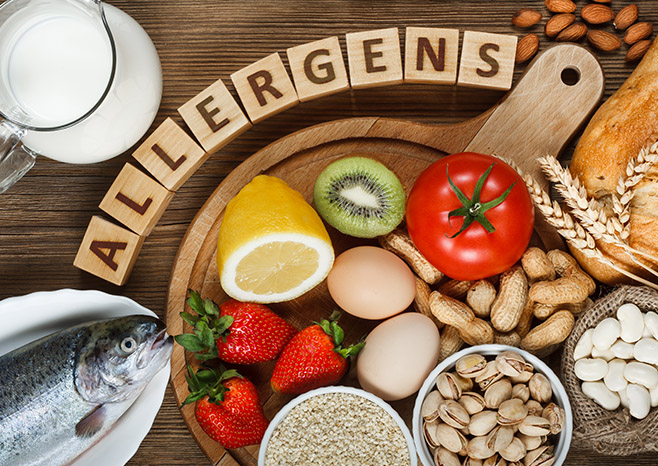
How to Approach Food Allergies at School
Millions of children with food allergies have positive, safe experiences in the school environment every year. It can be nerve wracking to send your child to school when they have a severe food allergy, but it is possible.
To ensure your child is attending an environment that’s sensitive to food allergies, read on for guidance from Food Allergy Research & Education (FARE), the leading nonprofit organization working on behalf of the 15 million Americans with food allergies.
EDUCATE YOURSELF: In addition to knowing the ins-and-outs of your child’s food allergy, it’s smart to learn about how your child’s school district handles food allergies, and how it changes from elementary school to high school.
SHARE INFORMATION: Equip your child’s teacher and school nurse with the information they need to help them manage your child’s exposure to food allergens. It’s smart to share a full list of foods your child is allergic to, a photo of your child, detailed information about your child’s emergency medication and treatment plan, and contact information for their doctor.
SUPPORT SAFE CLASSROOM PRACTICES: Work with your child’s teacher to educate them on your child’s allergy and to come up with strategies to ensure your child is learning in a safe environment. Suggest a “no food sharing” or “no food trading” rule is implemented and ask that the role of food as a reward be reevaluated. Consider providing safe snacks for the entire class so your child can eat what everyone else is eating.
BUILD A NETWORK: The key to a successful school experience is building a team of allergy management advocates for your child at school – build a relationship with the school nurse, teachers, administrators, transportation staff and other parents to ensure your child has a safe experience.
According to FARE, one in thirteen children have a food allergy and 42 percent of children with food allergies have experienced a severe reaction. By taking a few extra steps in the back-to-school process every fall, you can help cultivate a safe environment for your child, and for the many other children living and learning with food allergies.
Sources:
https://www.foodallergy.org/sites/default/files/migrated-files/file/school-parent-guide.pdf




